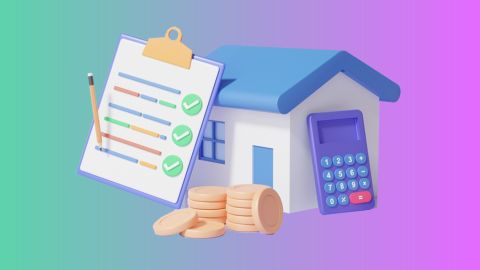In India, lease agreements are common in both residential and commercial settings. Understanding thelease agreement formatis crucial, especially if you are planning to lease property for business or personal use. This document specifies important details such as rent, deposit amounts, maintenance responsibilities, and the duration of the lease.
What is a lease agreement?
Alease agreementis a formal contract between a property owner (lessor) and a tenant (lessee) that specifies the terms and conditions of the rental arrangement. Typically, the lease includes details on how much rent is to be paid, when it is due, and the duration of the lease. The contract also includes clauses regarding the property’s maintenance, deposit, and the responsibilities of both the lessor and lessee.There are different types of lease agreements for various purposes, such as residential and commercial leases. Aresidential lease agreementis used for renting living spaces, while acommercial lease agreementis used for leasing properties like office buildings or retail spaces. Regardless of the type, a lease agreement protects the rights of both parties and ensures clarity throughout the rental period.
Types of lease agreements
Lease agreements come in different forms, and each serves a specific purpose. Below are the key types:Residential lease agreement
A residential lease agreement is a contract between a landlord and a tenant for renting a residential property, such as an apartment, house, or condo. Typically, these leases last from six months to one year, though shorter or longer terms are possible. The agreement outlines the tenant's rights and responsibilities, including the monthly rent, the term of the lease, and maintenance duties. It also covers rules regarding utilities, property use, and any restrictions like pet policies or subletting. Residential leases often include provisions about security deposits, late fees, and the process for renewing or terminating the lease. This type of agreement provides security for both parties, ensuring the tenant has a place to live while protecting the landlord's property rights.
Commercial lease agreement
A commercial lease agreement governs the rental of property for business purposes, such as office spaces, retail stores, or industrial buildings. These leases are more complex than residential ones due to the varied nature of business needs and the higher financial stakes. Commercial leases can be long term, often lasting from three to ten years. Key components include rent, the duration of the lease, security deposits, and maintenance responsibilities, but they also address issues like permitted use of the property, signage, subleasing, and options for lease renewal or expansion. Commercial leases may include clauses that shift certain expenses, such as property taxes and maintenance costs, to the tenant. This agreement provides businesses with the flexibility to operate while offering landlords a reliable income stream.
Key elements of a lease agreement
A solidlease agreement formatcovers several key elements to ensure that both parties are protected. These elements may include:Lease rental discounting: Some lease agreements include terms onlease rental discounting, where the tenant may receive a reduced rental rate in exchange for a longer lease period or early payment. This is often used to attract long-term tenants or for properties with special conditions.
Parties involved: Clearly identify the lessor (property owner) and the lessee (tenant).
Property description: Include details about the property, such as its address, boundaries, and facilities.
Lease duration and term: The length of time for which the lease is valid (for example, one year, five years).
Security deposit: The amount of money the tenant must pay upfront as security against damages or unpaid rent.
Rent payment terms: Clearly state how rent is to be paid (monthly, quarterly) and whether there are any late fees for delayed payments.
Utilities and maintenance responsibilities: Specify who is responsible for utilities like water, electricity, and gas, and outline maintenance obligations for both parties.
For property owners seeking to finance their maintenance costs or improve their property, amortgage loancan be an effective option. By leveraging the value of their property, owners can access funds to cover maintenance expenses or other financial needs.




